People Can’t Believe How Young This Boy Was Who Went on to Become One of the Most Famous People in the World.
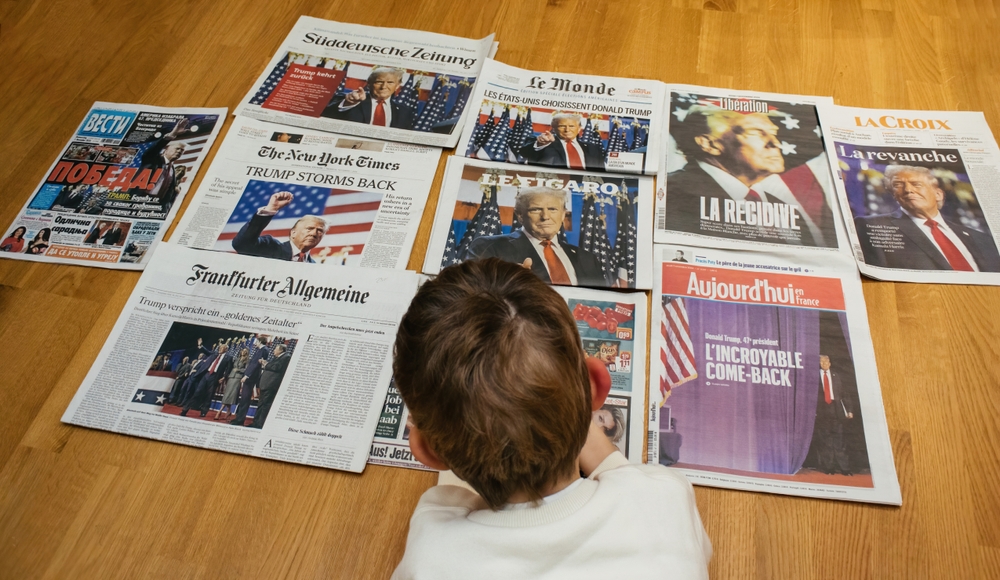
There’s something disarming about an old childhood photo.
The chubby cheeks. The wide, untroubled eyes. The messy hair that time hasn’t yet tamed. For a moment, you forget everything that came after—every success, every scandal, every line carved by life. All you see is a child who could have been anyone.
So when a photo surfaced of a small, blond-haired boy—smiling, innocent, unburdened—people were stunned to learn who he would grow up to be. Not just a man with a household name, but one of the most talked-about, loved, and loathed figures in modern history. A man whose decisions have shaped nations, divided families, and stirred fierce devotion and even fiercer resistance.
That boy was Donald Trump.
And the contrast between who he was and who he became has sparked a conversation far deeper than politics or headlines. It’s a reflection of something more universal: the unpredictable journey from childhood to identity, and the uncomfortable truth that greatness and infamy often share the same beginnings.
The Image That Stopped People in Their Scrolls
It started the way so many viral moments do—quietly. Just a photo. A little boy with golden hair, pale blue eyes, and the kind of innocent smile that only childhood knows. For a few seconds, millions paused mid-scroll, gripped by a strange sense of recognition. Then came the twist: the boy was Donald Trump.
Reactions flooded in.
Some were stunned—“No way, that can’t be him.” Others were oddly moved—“He was such a sweet-looking kid.” And then there were those who couldn’t reconcile the image with the man they now associate with global controversy: “You became the biggest monster this country would ever see.”
A childhood picture of U.S. President Donald J. Trump. 😍🥰 pic.twitter.com/cHMIn1vFl3
— TRUMP ARMY (@TRUMP_ARMY_) May 23, 2025
It was more than just a photo—it was a Rorschach test for the public’s collective conscience. One person saw innocence lost. Another saw the beginning of greatness. The rest saw a collision between memory and reality.
But what made this image so captivating wasn’t just who it was—it was what it represented. It reminded us that even the most polarizing figures were once blank slates. No speeches. No scandals. No headlines. Just a child like any other, shaped by time, choices, and influence.
And maybe that’s what unsettled people most: the quiet reminder that no one is born a symbol. That transformation—whether inspiring or disturbing—is not only possible, but inevitable. It’s a reality we often forget in a world obsessed with defining people by their worst or brightest moments.
A Story of Ambition and Influence
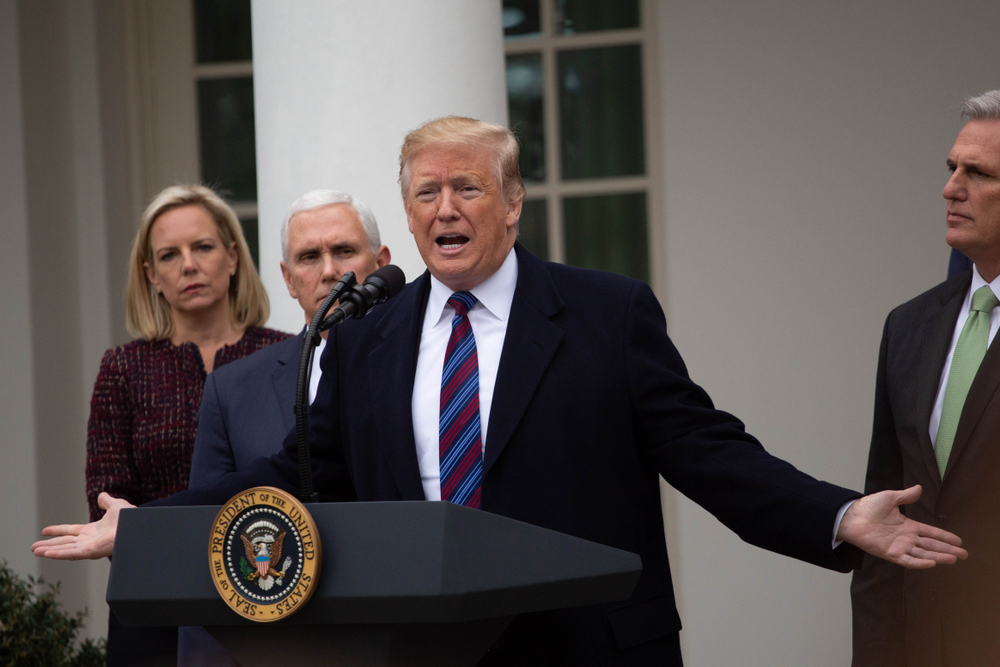
Long before the red baseball caps, reality TV fame, or the Oval Office, Donald Trump was a boy growing up in Queens, New York—one of five children born to Fred and Mary Anne Trump. His father was a self-made real estate developer, building affordable housing in Brooklyn and Queens. It was in this environment—where ambition was currency and success was measured in square footage—that Donald began crafting his worldview.
After graduating from the New York Military Academy and a brief stint at Fordham University, Trump transferred to the Wharton School at the University of Pennsylvania, a move he’d later highlight as evidence of his business pedigree. But the classroom was never where Trump intended to make his mark.
In 1971, at just 25, he took the reins of his father’s company and rebranded it as the Trump Organization, shifting its focus from modest outer-borough apartments to high-stakes, high-visibility ventures in Manhattan. The young entrepreneur chased skyline-defining projects, from luxury condominiums and glitzy hotels to massive casinos. By the 1980s, he had become the self-anointed “golden boy” of New York real estate—his name literally etched into the city’s glass and steel.
Trump’s relentless self-promotion turned him from developer to celebrity. He cultivated a public image rooted in opulence and bravado—epitomized by his best-selling book The Art of the Deal in 1987. He didn’t just build buildings; he built a brand.
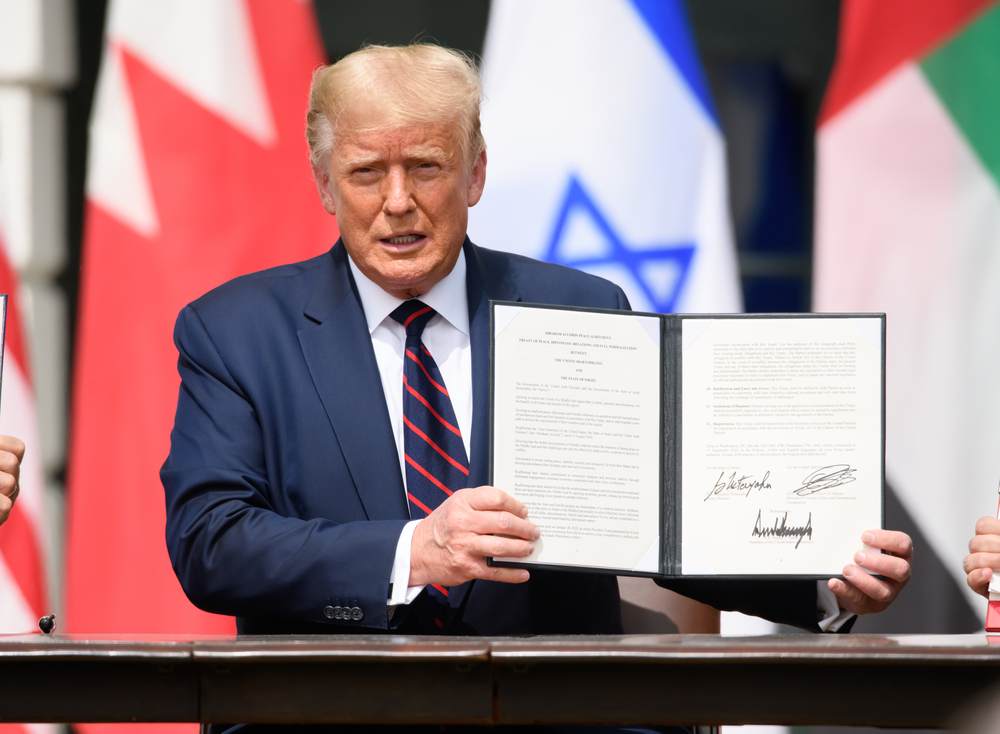
Then came television.
In 2004, The Apprentice introduced Trump to a whole new generation. Week after week, he delivered his signature catchphrase—“You’re fired”—with theatrical authority. The show blurred the line between businessman and entertainer, embedding his persona into popular culture. To many, he became the embodiment of American capitalism—flawed, flashy, and fiercely unapologetic.
But behind the spectacle was a man meticulously constructing influence. Whether through real estate, media, or public controversy, Trump understood one truth: visibility is power. And by the time he descended that golden escalator in Trump Tower to announce his presidential bid in 2015, he was already a global brand—loved by some, ridiculed by others, but ignored by no one.
From the streets of Queens to stages across the world, Trump’s journey is a masterclass in the pursuit of visibility, ambition, and control over narrative. It didn’t happen overnight. It happened brick by brick, headline by headline, deal by deal.
Power, Controversy, and the Making of a Divisive Icon
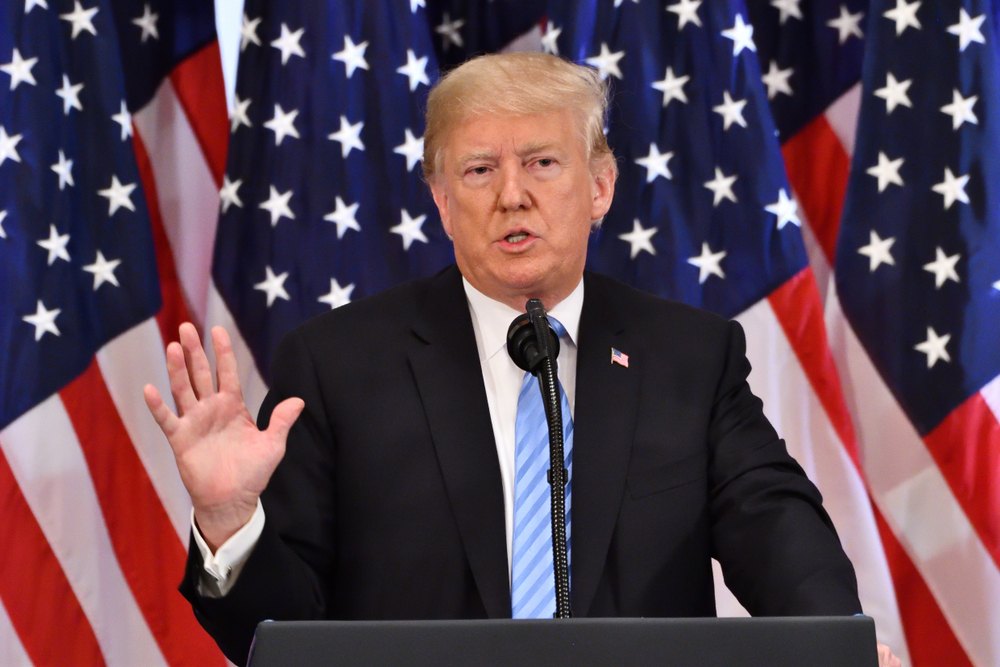
By the time Donald Trump stepped into politics, he was no stranger to controversy. But what followed his 2015 campaign launch was a whirlwind that would transform him from pop culture fixture into one of the most polarizing figures in modern history.
His slogan, “Make America Great Again,” wasn’t just a campaign motto—it was a provocation. It ignited fierce loyalty in some and deep fear in others. Trump’s rise wasn’t built on political tradition or polished rhetoric. It was built on disruption. He cast himself as the outsider who could bulldoze through Washington’s status quo, speaking with a bluntness that many found refreshing—and many others found reckless.
In 2016, he shocked the world by defeating Hillary Clinton and becoming the 45th president of the United States. What followed was a presidency defined not just by policy, but by tone. Trump pulled the U.S. out of global agreements, imposed sweeping tariffs, and frequently clashed with allies and adversaries alike. His administration was marked by turnover, turbulence, and a relentless media cycle in which he was always at the center.
Supporters saw him as a fighter—unafraid to say what others wouldn’t. Critics saw something more dangerous: a man willing to undermine democratic norms, attack the press, and spread misinformation to serve his own interests.
Then came 2020.
His handling of the COVID-19 pandemic drew widespread criticism. When he lost re-election to Joe Biden, he refused to concede, instead amplifying baseless claims of election fraud. On January 6, 2021, he urged his supporters to march on the Capitol—an act that culminated in violence, death, and his second impeachment.
Yet, for all the chaos, Trump’s grip on his base didn’t loosen.
In 2024, he did the unthinkable: he returned. Despite being convicted on 34 felony counts related to hush money payments, despite facing 91 total criminal charges, and even after surviving an assassination attempt, Trump secured the Republican nomination—and then the presidency. Again.
He’s now the first U.S. president to serve nonconsecutive terms since Grover Cleveland. And he enters office older, louder, and more defiant than ever.
Innocence Lost or Human Complexity?
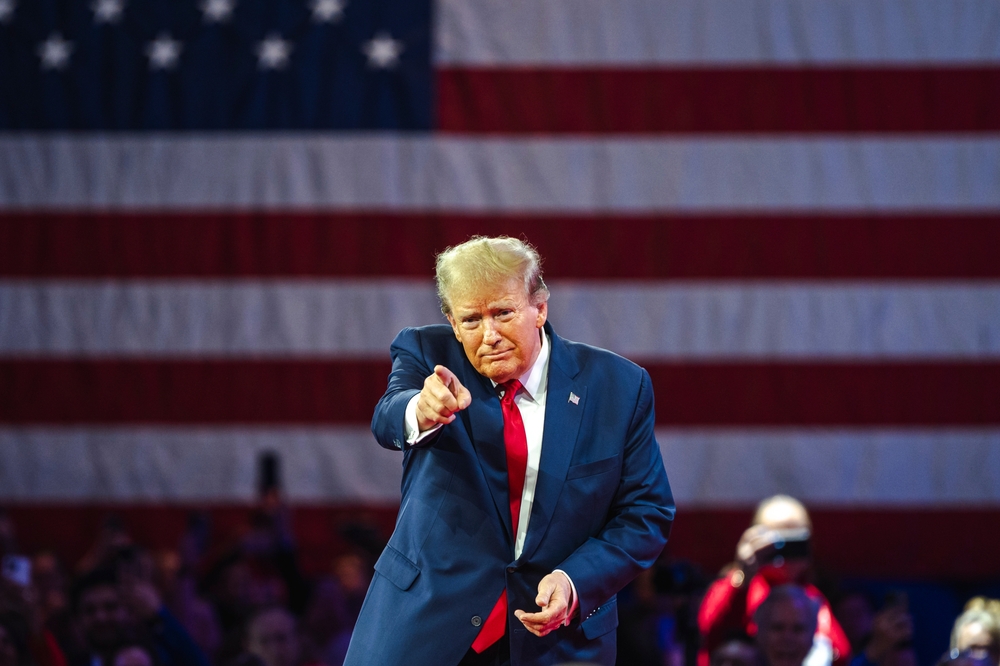
When we look at that childhood photo of Donald Trump—the soft eyes, the hopeful smile—it’s tempting to mourn what seems like lost innocence. We imagine a fork in the road, a moment when something pure was corrupted. But human nature isn’t that simple. People don’t just wake up one day as villains or heroes. They evolve. They are shaped.
The discomfort stirred by Trump’s boyhood image doesn’t come from who he was—it comes from what we project onto it. It forces us to wrestle with uncomfortable questions: How does a child grow into a man so celebrated by some and condemned by others? Was the capacity for controversy always there? Or did it emerge through experience, environment, and power?
This isn’t just about Trump. This is about all of us.
We all start as children with open minds and limitless potential. But then come the influences—family values, schoolyard dynamics, cultural narratives, fear, ego, ambition. Some are nurtured into empathy. Others into dominance. Some become bridge-builders. Others wall-makers. And most of us? We live somewhere in between—stumbling, evolving, always unfinished.
To dismiss someone like Trump as merely a “monster” or a “savior” is to flatten human complexity into a caricature. It strips away the nuances of what actually shapes a person: the choices they make, the moments they endure, and the systems that reward or punish those decisions.
What This Image Really Says About Us
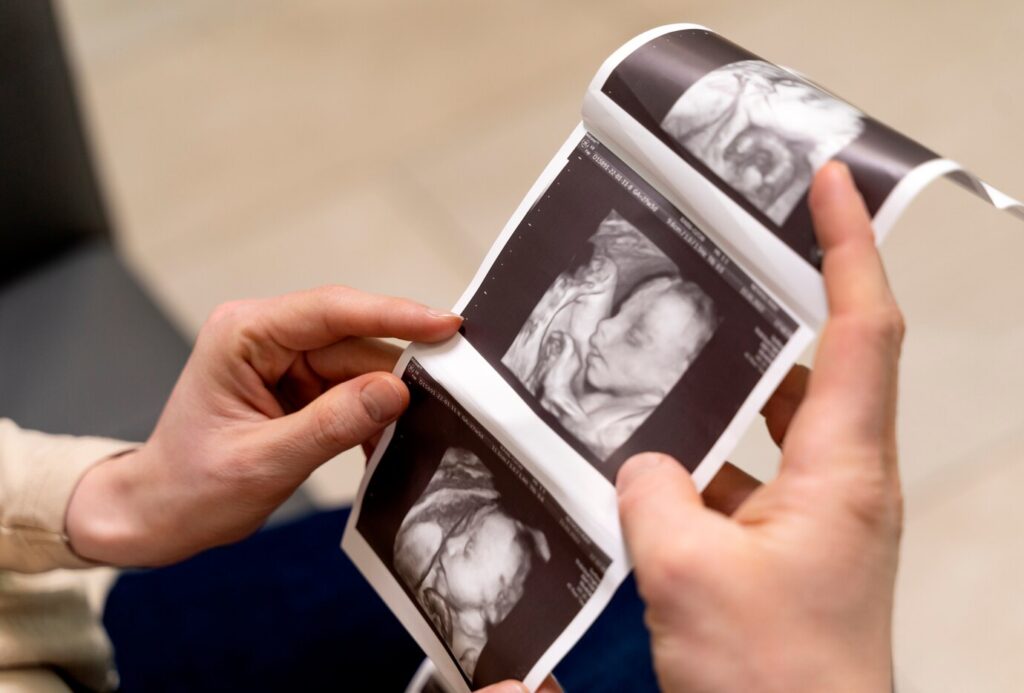
That photo of young Donald Trump doesn’t just tell a story about him. It tells a story about us.
Our reactions—shock, anger, nostalgia, empathy—reveal more about our hopes and fears than they do about the boy in the frame. We want our heroes to start pure and stay untainted. We want our villains to have always been flawed. But real life isn’t that clean. It’s jagged, contradictory, human.
We are all shaped by a thousand quiet moments. Family dinners. Schoolyard battles. First failures. Early wins. We are forged by our ambitions, our pain, our environment—and by the stories we tell ourselves about who we need to be to survive, to matter, to win. Trump’s journey is extreme, but not entirely alien. It’s a mirror held up to a culture obsessed with success, power, and image. A culture where visibility can become more valuable than virtue.
So when we see that innocent child who became the man that now stirs so much division, maybe the point isn’t to judge—but to reflect. How do we define a life? At what point does a person’s choices become louder than their beginnings? And if someone so ordinary in youth can become so extraordinary in legacy—for better or worse—what does that say about the rest of us?
Maybe the greatest lesson isn’t in the photo at all.
Maybe it’s in the reminder that we’re all still becoming. That who we were doesn’t lock us into who we must be. And that, ultimately, the future isn’t decided by the image we’re born with—but by the choices we make every day.
So look again at that photo. Then look at your own. And ask yourself—not who you were—but who you’re choosing to become.
Loading...

